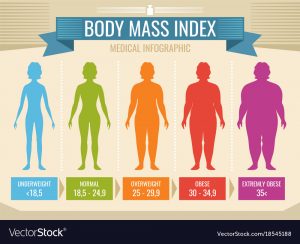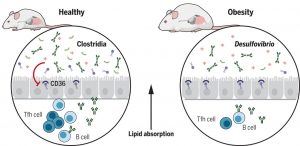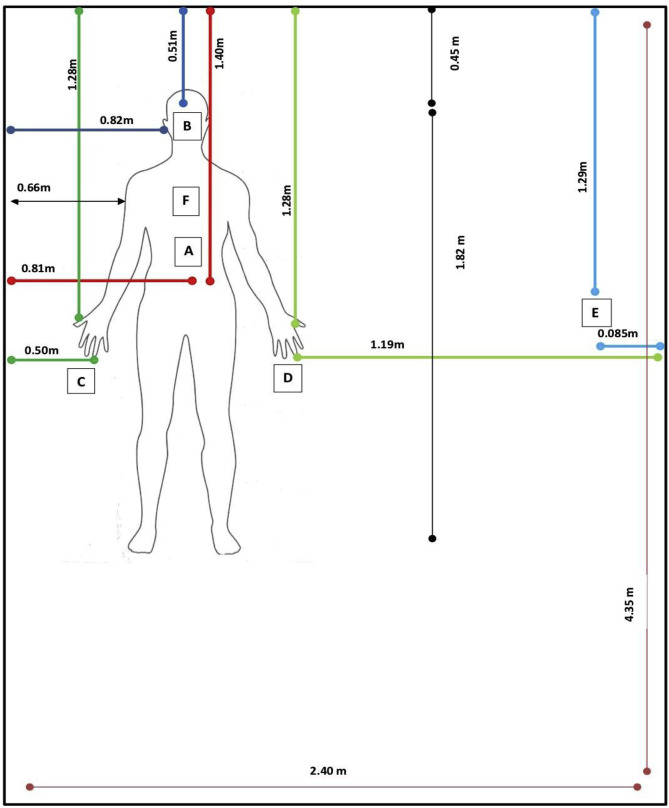We all care about our health to a certain extent! It’s not surprising that in a world filled with McDonalds XXL portion sizes and an unlimited amount of unhealthy fast food options that over the past few decades there has been an increase in the rate of obesity. Obesity can be labelled as a medical condition where an individual carries extra weight or body fat which could have significant impacts on their health.

Body Mass Index: Numerical values are indicated by BMI = Body Mass/Height
Image Source: Vector Stock
Artist: MicroOne
With growing concern about obesity due to the risks it implements, it’s important that we take actions to prevent it from spreading and causing severe health problems for many individuals around the world. Health risks associated with obesity include heart disease, diabetes, and gastrointestinal diseases; as well as other disorders that are yet to be identified.
The Gut Bacteria That Could Cure All
At the University of Utah health department, researchers have recently identified a class of 20-30 bacterium in the gut known as Clostridia which protects mice against becoming obese. The study suggests that the same bacteria also controls weight gain within humans. If we are able to alter the amount of Clostridia present in the gut, this could mean a whole new lifestyle for many.
Specifically, in the observational study, Ph.D. June Round has claimed that healthy mice have lots of Clostridia, whereas those with impaired immune systems lose the bacteria’s as they age hence weight gain. Even when unhealthy mice with minimal Clostridia are fed a healthy diet, they tend to become obese. However, when the mice were reinjected with Clostridia, they are able to maintain slimness.

Clostridia in Healthy and Unhealthy Mice Gut
Image Source: Science Mag
Results gained from the study found that Clostridia prevents weight gain through blocking the intestine from absorbing any fat consumed. In particular there are a couple molecules produced by Clostridia that prevent the fat absorption and further isolation of these molecules could lead to treatments for obesity. Additionally, it was established that our immune systems also play a key role in maintaining balance among the diverse bacteria present within the gut. If the bodies defence system is weak, some bacterial species are able to dominate and shift health towards a negative direction. It is critical for the immune system to operate and recognize specific bacteria appropriately in order to produce proper antibodies.
What Could This Mean For Us, Humans?
Considering humans display to have Clostridia within the gut as well, research concluded that the lack of this bacterium in humans leads to obesity as well as type 2 diabetes. With more mirroring and understanding the connections that underlie from mice to human there is hope for our world. New treatments will provide individuals, like ourselves to hopefully be at less risk from the treats we consume.
Written By: Sana Furqan




